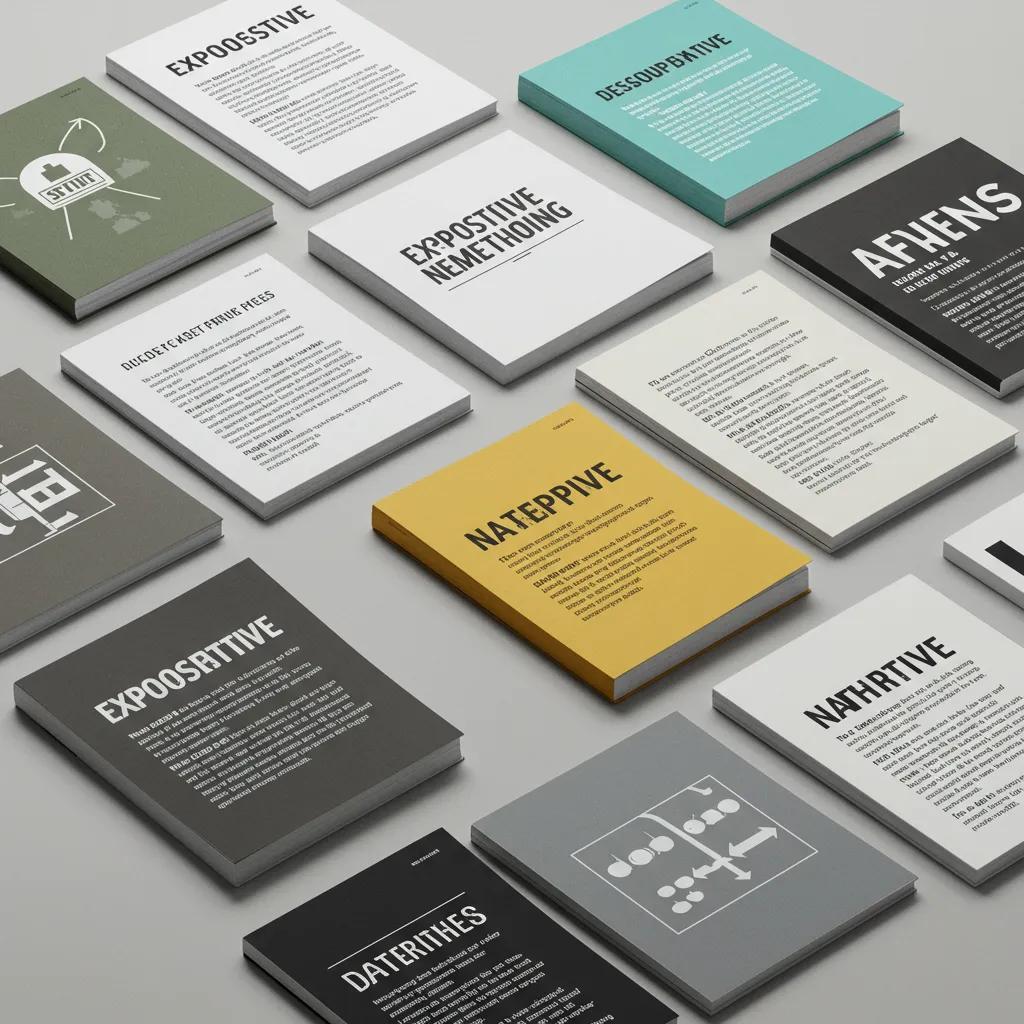Your cart is currently empty!
What Article writing is about xxx

Complete Article Writing Guide: What Article Writing Is About and How to Write Effective Articles
Every day, over 7.5 million articles compete for attention online, making effective article writing essential for standing out and delivering value. Article writing is the structured craft of creating informative, persuasive, or entertaining non-fiction content to address a reader’s need. In this guide, you will discover what article writing is, why it matters, the different article types, a proven writing process, the key elements of high-quality articles, advanced techniques to amplify impact, and how mastering these skills can open career and monetization pathways. By following these steps, you’ll transform ideas into clear, engaging articles that resonate with audiences and boost SEO visibility. You know what I mean?
What Is Article Writing and Why Is It Important? Like
Article writing is the process of composing structured, purposeful content—such as blog posts, news pieces, or educational guides—that informs, educates, persuades, or entertains a target audience. This craft relies on clear organization, credible research, and compelling language to achieve its goal. For example, a concise how-to article can teach beginners a new skill while reinforcing the writer’s authority.
By developing strong article writing skills, writers and businesses enhance communication, strengthen credibility, and boost search engine rankings. Effective articles generate engagement, earn backlinks, and support lead generation through valuable insights. These benefits combine to establish thought leadership and foster audience trust.
What Is Article Writing? Definition and Core Purpose
Article writing is a structured form of non-fiction content creation designed to deliver focused information or arguments. It organizes ideas into a clear introduction, body, and conclusion so readers can follow and apply the insights presented.
Why Is Article Writing Important for Writers and Businesses?
Article writing enhances professional credibility by showcasing expertise in a niche. For businesses, well-crafted articles drive organic traffic, improve brand reputation, and convert readers into subscribers or customers through strategic calls to action.
What Are the Main Goals of Article Writing?
The main goals of article writing include:
- Informing readers with accurate, actionable information
- Educating audiences on complex topics in accessible language
- Persuading audiences toward a viewpoint or decision
- Entertaining through narrative, anecdotes, or engaging tone
By achieving these objectives, articles cultivate audience loyalty and support organizational objectives.
What Are the Different Types of Article Writing?

Article types vary by purpose and style, each serving a distinct audience intent. Expository articles deliver facts, persuasive articles influence decisions, narrative articles tell stories, and descriptive articles evoke vivid imagery. Understanding these formats helps you choose the right approach for your message and goals.
What Are Expository Articles and When Are They Used?
Expository articles explain concepts or processes with clarity and objectivity. They rely on logical structure, definitions, and examples—such as a science explainer or technical tutorial—to inform readers without bias.
How Do Persuasive Articles Influence Readers
Persuasive articles use evidence, logical argumentation, and emotional appeals to sway opinions or prompt action. Techniques include presenting statistics, quoting experts, and ending with a compelling call to action that motivates change.
What Defines Narrative Articles and Their Storytelling Elements?
Narrative articles center on storytelling techniques—character, conflict, and resolution—to engage readers emotionally. They often recount personal experiences or case studies to illustrate broader lessons in an immersive format.
How Are Descriptive Articles Structured to Provide Detail?
Descriptive articles focus on sensory details—sights, sounds, textures—to create vivid imagery. Writers use rich adjectives and metaphors to transport readers into the scene, whether describing a travel destination or product experience.
What Other Common Article Formats Should Writers Know?
Writers should also be familiar with these formats:
- News Articles: Timely reporting with inverted-pyramid structure
- Reviews: Critical evaluation of products, services, or media
- Case Studies: In-depth analysis of real-world examples
- How-To Guides: Step-by-step instructions for accomplishing tasks
- Listicles: Numbered lists that simplify information
Below is a comparison of core article types:
Each format supports different audience needs and can be combined to enhance engagement and clarity.
What Is the Step-by-Step Article Writing Process?

A reliable writing process transforms ideas into polished articles. It involves selecting a topic, researching, structuring an outline, drafting, editing, and optimizing for readers and search engines. Applying each step ensures consistency, quality, and measurable results.
How Do You Select a Topic and Identify Your Audience?
Begin by choosing a specific topic that addresses a clear reader need or question. Analyze audience demographics, interests, and pain points to tailor tone, examples, and depth, ensuring the content resonates and provides actionable value.
What Are Best Practices for Research and Fact-Checking?
Gather information from reputable sources—academic journals, industry reports, and expert interviews. Cross-verify facts, cite evidence descriptively, and avoid plagiarism by paraphrasing or summarizing with proper attribution language.
How Do You Create an Effective Article Outline?
Draft a logical outline that breaks the article into an introduction, key sections, and conclusion. Use descriptive subheadings to signal content flow and help readers scan efficiently. A clear outline guides coherent argument development and pacing.
What Are Tips for Writing the First Draft?
Focus on capturing ideas without self-editing. Write freely, using simple language and active verbs. Prioritize content completeness over perfection by getting all key points down before refining style or grammar.
How Should You Edit and Proofread for Clarity and Grammar?
Review the draft for structure, coherence, and conciseness. Use tools or manual checks to correct grammar, punctuation, and style inconsistencies. Read aloud to catch awkward phrasing and ensure smooth transitions between ideas.
How Can You Optimize Articles for SEO?
Integrate target keywords—such as “article,” “chats,” and “hardwork”—naturally in headings and body. Craft descriptive meta summaries and use semantic variations. Structure content with proper heading hierarchy and include alt text descriptors for any visuals.
What Are the Key Elements of a High-Quality Article?
High-quality articles combine compelling headlines, engaging introductions, clear body content, strong conclusions, and relevant visuals. These elements work together to capture attention, guide understanding, and reinforce key messages.
How Do You Craft Compelling Headlines and Titles?
Create headlines that combine emotional triggers, numbers, or power words. Keep titles under 60 characters and include the main keyword early to maximize clarity and search visibility.
What Makes an Engaging Introduction?
An engaging introduction opens with a striking fact, question, or scenario. It outlines the article’s value proposition and previews the main themes to entice readers to continue.
How Do You Write Clear, Concise, and Scannable Body Content?
Use short paragraphs, bullet points, and descriptive subheadings to break up text. Favor active voice and simple sentences to maintain flow and help readers quickly locate key information.
What Are the Characteristics of a Strong Conclusion?
A strong conclusion restates the core takeaway, ties back to the introduction, and prompts readers toward an action or reflection—whether applying advice, exploring related topics, or sharing feedback.
How Do Visuals Enhance Article Engagement?
Relevant images, infographics, or charts illustrate complex concepts and provide visual breaks. Descriptive alt text reinforces semantic context for accessibility and search engine comprehension.
What Advanced Techniques Improve Article Writing Impact?
Beyond fundamentals, advanced techniques—such as storytelling, persuasive frameworks, unique voice development, and authority building—elevate articles from informative to memorable.
How Can Storytelling Be Mastered in Articles?
Integrate narrative arcs, relatable characters, and vivid scenes to forge emotional connections. Storytelling weaves data and examples into a cohesive, human-centred framework that enhances reader investment.
What Are Effective Persuasive Writing Strategies?
Apply logical appeals (statistics, case studies), emotional triggers (anecdotes, vivid imagery), and credibility signals (expert quotes, original research). End with clear calls to action that align with reader motivations.
How Do You Develop a Unique Voice and Tone?
Adapt language, rhythm, and style to audience expectations and brand personality. Consistent voice fosters recognition and trust, whether authoritative, conversational, or inspiring.
How Can You Build Authority and Credibility in Your Writing?
Cite reputable sources, reference industry data descriptively, and showcase real-world examples. Original insights and firsthand observations reinforce trust and position you as a thought leader.
How Can Article Writing Lead to Career Growth and Monetization?
Article writing skills unlock freelance opportunities, personal branding growth, and diverse revenue streams. Writers can leverage content expertise to build authority and generate income through multiple channels.
What Are Freelance Article Writing Opportunities?
Freelance writers can secure projects on content platforms, agency contracts, or direct client work. Specializing in niches—such as technology, health, or finance—enhances marketability and rates.
How Do Writers Build Authority and Credibility Online?
Develop a consistent portfolio on personal blogs or professional networks. Publish guest posts, participate in industry forums, and engage on social media to expand reach and demonstrate expertise.
What Are Ways to Monetize Article Writing Skills?
Monetization options include sponsored content collaborations, affiliate marketing, premium newsletters, and creating online courses or ebooks. Diversifying income sources increases financial stability.
How Can Writers Continue Learning and Growing Professionally?
Enroll in writing workshops, join professional communities, and follow industry thought leaders. Regularly audit and update published articles to reflect new research and maintain relevance.
Mastering article writing transforms ideas into impactful content that informs, persuades, and entertains. By following a structured process, incorporating essential elements, and applying advanced techniques, you’ll deliver work that resonates with readers and drives career growth. Embrace continuous learning, refine your unique voice, and leverage these skills to open new opportunities and achieve long-term success.
Leave a Reply